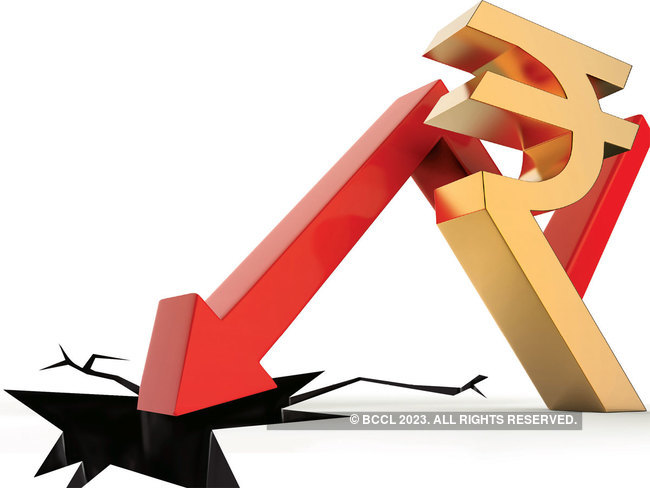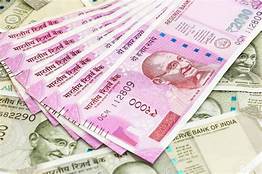Officials said the Centre and RBI are taking initiatives to promote capital inflows so the rupee’s decline versus the dollar is steady and gradual.

The value of the Indian Rupee has been progressively deteriorating and hitting new lows for a number of days at this point. The current value of the rupee in relation to the dollar is 79.99, which is a new all-time low. To address this challenge, the government of India and the Reserve Bank of India (RBI) have been taking steps to increase the country’s flow of foreign investment capital. Their objective is to maintain a gradual depreciation of the rupee in its current state.
“The strength of the US dollar against the Indian rupee cannot be seen as an isolated episode,” stated one official. It is part of the dollar’s global domination vs all currencies, whether developed or emerging. This year, the dollar has strengthened its position relative to six major currencies, including the euro, the pound, the yen, the Swiss franc, and the Canadian dollar, by a total of thirteen percent.
However, the value of one dollar in the United States currency has decreased more relative to that of one rupee in India. The value of one rupee in terms of one dollar decreased by 7 percent, from 74.5 to 79.74 during the year, as measured from the end of 2021 to the end of June.
The value of the rupee has increased in recent months when measured against several other currencies, including the euro, the yen, and the pound, among others. Friday saw no change in the value of the rupee against the dollar, which put it in seventh place among Asian currencies in terms of performance. Over the last six months, the value of the local unit has dropped by around 7.5%.
Officials identified the outflow of foreign investment as a primary reason for the depreciation of the rupee, adding that around $31.5 billion was lost from the economy between January 1, FY22 and July 15, FY22.
In February, war broke out in Ukraine. Which increased both the price of oil and the level of uncertainty. “Investors have been apprehensive for these two reasons,” said the officials. “When investors start to worry, they start taking their money out of emerging markets like India.” The US Federal Reserve’s tightening of monetary policy has also prompted foreign investors to depart from developing countries. The increase in the price of crude oil has also increased India’s import costs this year compared to previous. Officials also noted that in previous instances of severe currency fluctuations, the dollar strengthened more versus the rupee – by 28 percent between 2008 and mid-2013, and by 22 percent in 1997-1998.
According to a statement released by the country’s central bank, it has been decided to put into place an additional arrangement for the invoicing, payment, and settlement of exports/imports in rupee. This decision was made in order to support the growing interest of the global trading community in the Indian rupee as well as to promote the expansion of global trade, with a particular focus on exports from India.
The Reserve Bank of India is keeping a close watch on the foreign exchange market and would dip into its reserves if the situation warrants it. The authorities claim that the central bank is keeping a careful check on the foreign currency market and making use of its reserves only when it is necessary to do so. The Reserve Bank of India (RBI) announced not too long ago that it had established what it refers to as an “additional arrangement” for the settlement of foreign commerce in Indian rupees.













